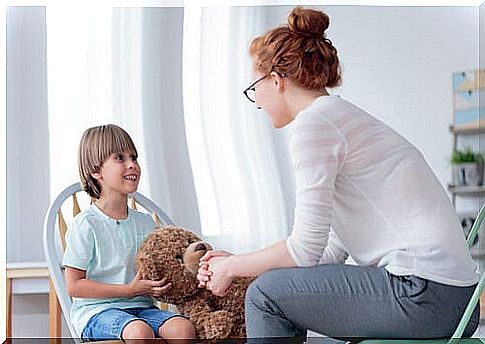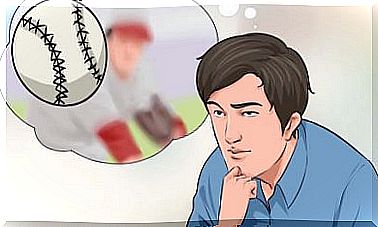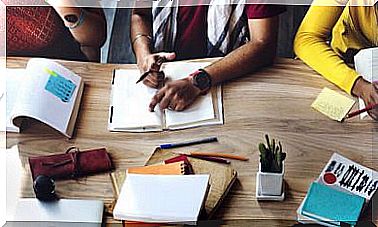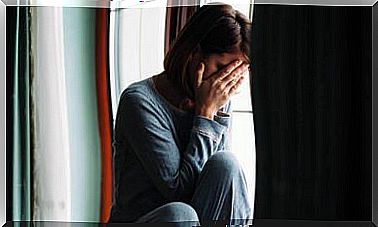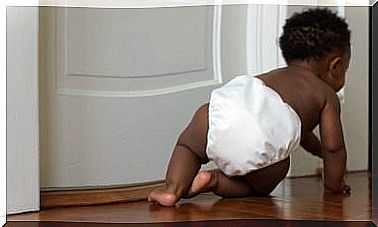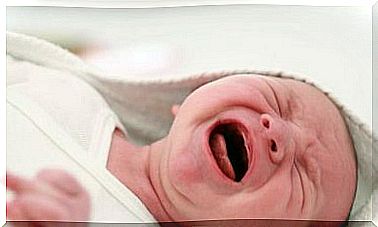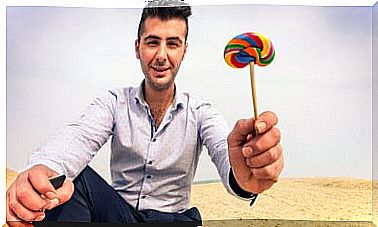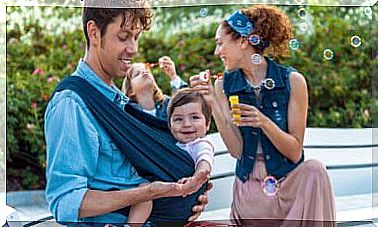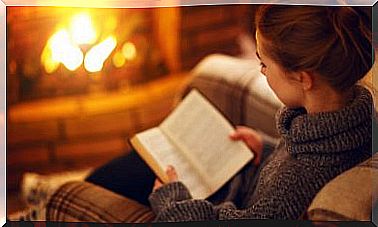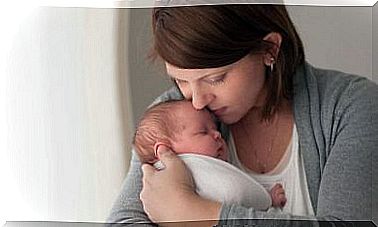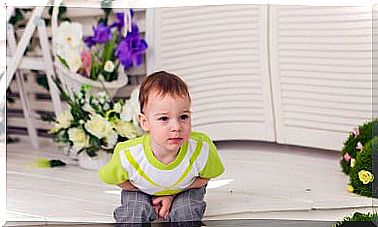Reggio-Emilia Approach: Quality Educational Proposal
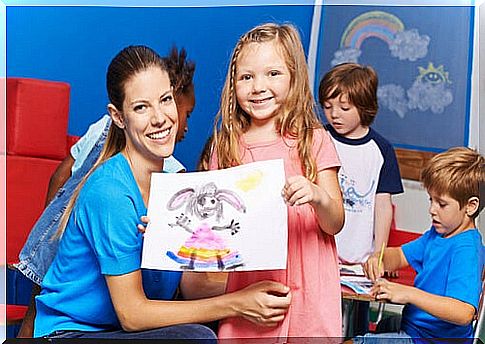
Effective learning in children is the concern of the vast majority of parents and teachers who belong to the educational system. The Reggio-Emilia approach is presented as a philosophy that maximizes teaching possibilities, focusing mainly on the little one. Pedagogical strategies are worth analyzing.
The various stages of learning in an infant must be preceded by preparation according to each age. It is there that the Reggio-Emilia approach is born; philosophy that encourages creativity and imagination in this phase of the child’s life.
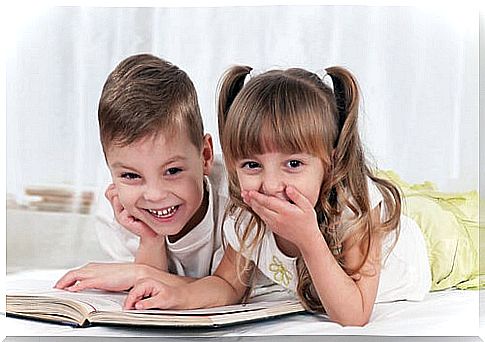
What is the Reggio-Emilia approach?
It is considered one of the learning models that integrates the role of the child, the educator and the representative. All this in order to guarantee education, interaction and knowledge, respecting the interests of the child.
It is an approach founded by Loris Malaguzzi in the city of Reggio Emilia in Italy towards the end of the sixties. It was based mainly on the introduction of art in the preschool stage. This philosophy defends the child’s right to learn in an environment where they can live, coexist, interact and learn.
The role of the teacher is basically the producer of dynamic, calm and pleasant learning environments to create, play and learn.
Characteristics of the Reggio-Emilia approach
There is no methodology with a unique Reggio-Emilia approach, each school adapts it to the needs of its community. This is important, as each element that participates in a learning system is different.
Taking this into account, it can be established that the characteristics of the Reggio-Emilia approach are:
- Boys must have positive control over the way they conduct their learning.
- Children should be exposed to nature to play, learn and experiment.
- Teachers, parents and guardians who are governed by this philosophy, should serve as a guide to promote and enhance learning.
- Creativity, insightful skills, and arts are encouraged as the means of expressing oneself.
- It follows a personalized modality based on the knowledge that is acquired of the interests and capacities of the child.
- Pay special attention to group projects and social activities that allow the infant to exchange or share ideas together.
It is a very attractive strategy to teach, ideal not only for classes, but for the education of children and families. With the Reggio-Emilia approach, capable, insightful, independent children are developed, who observe learning as a natural part of life.
Main objectives of the Reggio-Emilia approach
This teaching technique seeks to foster existing and common learning situations for children to experiment with. This also seeks to integrate the adult, parents and teachers so that they can differentiate the different relationships they play. On this basis, the objectives of the Reggio-Emilia approach are:
- Create an active, imaginative, original school where research and reflection facilitate the well-being of the little ones, as well as instructors and families in order to enhance communication relationships between them.
- Put aside education based on qualification, where only the cognitive aspect is valued and sensitivity is disadvantaged.
- Stimulate human relationships as a starting point for the respect and development of a nation.
The ideal of this philosophy is to take advantage of the capacities of adults so that those of children appear. This in order to guarantee their own, autonomous learning, in which the child finds motivation in each of the activities they carry out.
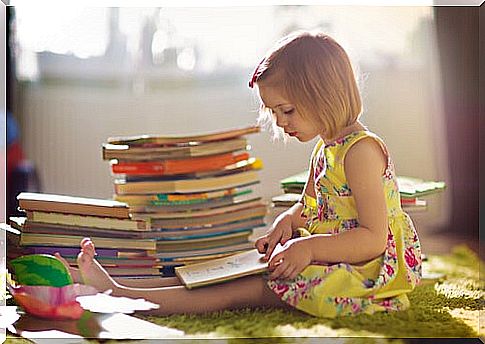
Pedagogical activities recommended by the Reggio-Emilia approach
The pedagogical activities of the Reggio-Emilia approach are based on the needs of the child. In them you can find:
Compositions
Art is the protagonist of this philosophy. For this, various elements of nature are used where you can create representations of real life. The idea of this activity is to create to learn.
Atelier
This is one of the core activities of the Reggio-Emilia approach. It is based on small groups of children who develop their skills through painting or hand art. To do this, they are presented with the real object, and after experimenting with it, they go on to represent what they learned.
Time to cook and eat
These activities are aimed at helping children in the kitchen as part of their learning. Then, share with teachers in spaces appropriate to their sizes for an effective coexistence.
These are just some of the most recommended activities. The Reggio-Emilia approach is a very broad technique with various ways of adaptation to the surrounding circumstances. Without a doubt, an idea that induces reflection and analysis.
